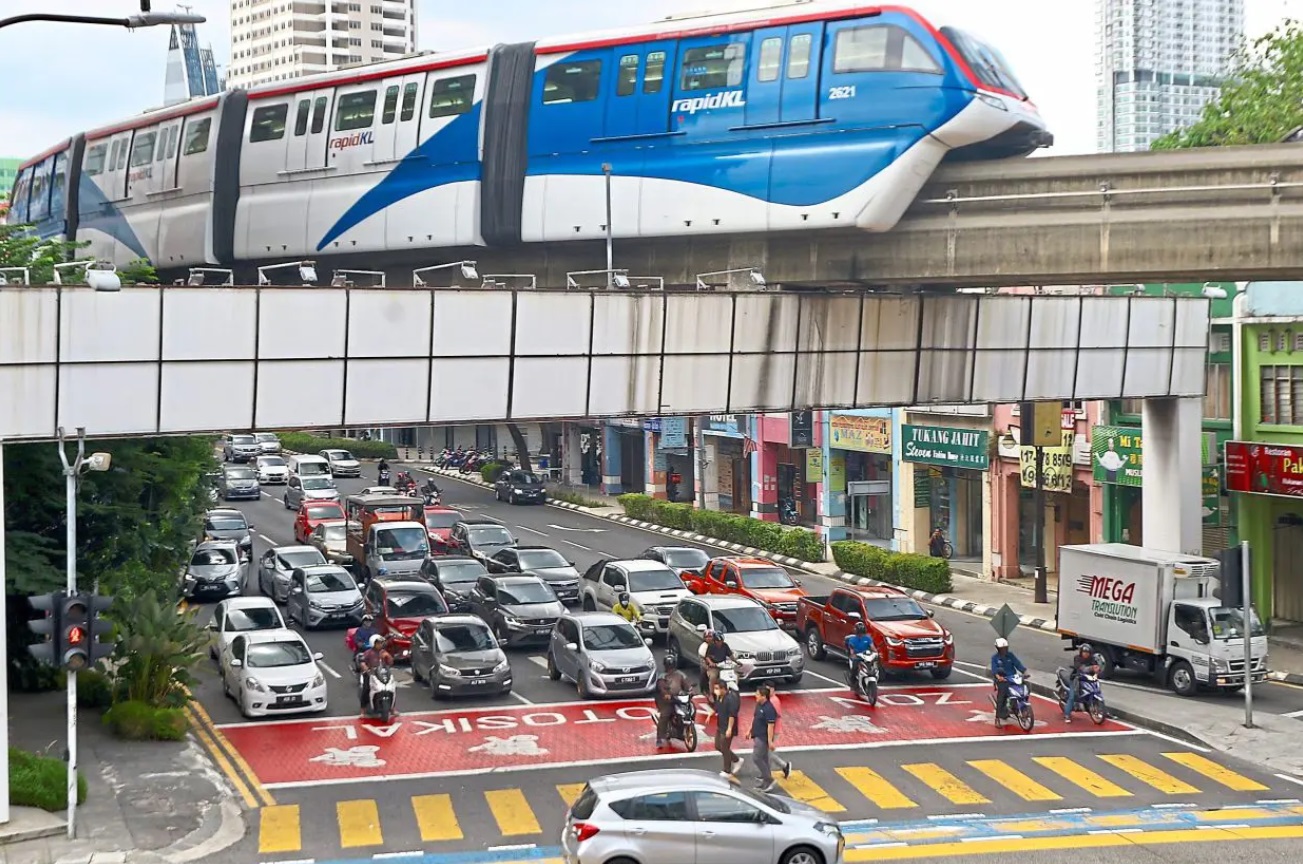
KLANG Valley’s persistent gap between development and public transportation is starkly exemplified by the recent outcry against Mah Sing Group’s proposed high-density development in Taman Desa.
While the inclusion of affordable housing is commendable, the potential negative impact on the area’s liveability, particularly given its limited public transport, cannot be ignored.
This misalignment fuels justified resident concerns about increased traffic, pollution, and strain on public services, with poor land-use around new transit stations often leading to low ridership.
Conversely, Taman Desa, a dense, mature area with limited public transport options, is highly reliant on private vehicles, exacerbating traffic congestion.
High-capacity public transport
To address these concerns, a strong public transportation solution is essential.
Despite being a densely populated and developed area, Taman Desa lacks accessible, high-capacity public transport options like rail services. The neighbourhood’s proximity to the traffic-choked Old Klang Road highlights the urgent need for improvement.
Implementing a Bus Rapid Transit (BRT) or Automated Rapid Transit (ART) system on Old Klang Road can significantly enhance mobility. These systems offer faster, more reliable transportation and can carry a maximum 20,000 passengers per hour, far more people than inefficient cars.

Complementary measures are essential for maximum impact. Feeder buses and Demand Responsive Transit (DRT) vans can improve accessibility between BRT/ART stations and adjacent neighbourhoods like Taman Desa.
Long-term planning should integrate Taman Desa into the MRT 3 Circle Line. Moreover, investing in public transport is only effective when coupled with safe pedestrian paths, cycling infrastructure, and reliable feeder buses. This holistic approach will encourage a shift from car dependency to public transport.
Enhanced walking and cycling infrastructure will promote shorter trips within the neighbourhood, reducing car dependency.
For instance, residents will be more likely to walk or bike to nearby restaurants if safe and pleasant pedestrian and cycling paths are available, instead of facing traffic congestion and parking problems.
Addressing social and spatial impacts
Beyond transportation, the project must prioritise community well-being and environmental sustainability.
A community forum should be organised to facilitate open dialogue between residents, Seputeh MP Teresa Kok, Mah Sing Group, and relevant authorities like the Kuala Lumpur City Hall (DBKL). This platform will enable residents to express concerns and collaborate on potential solutions.
To address potential strain on local schools, a portion of project revenue should be allocated to expanding existing schools or constructing a new one. This investment will ensure adequate educational facilities for all residents.
A comprehensive environmental impact assessment is crucial to protect the Danau Desa flood retention pond. The developer must demonstrate a commitment to minimising the project’s ecological footprint.
To integrate the new development with the existing community, the project should incorporate mixed-use elements, including commercial spaces and public green areas. This approach will benefit both current and future residents.
A wake-up call for integrated urban planning

The Taman Desa case serves as a stark reminder of the critical need for a holistic approach to urban planning in the Klang Valley.
While high-density developments promise advantages like curtailed urban sprawl and improved accessibility, they can intensify traffic congestion if not meticulously integrated with public transportation infrastructure.
The fact that even the local MP was uninformed about this RM108 mil land sale raises serious questions about its true purpose. It appears to be more of a lucrative venture for DBKL and the developer rather than a solution-oriented initiative for existing residents.
To realise the full potential of city living, the Klang Valley must prioritise integrated development and public transportation solutions.
This requires coordinated efforts across all levels of government and local groups to ensure that new housing is accompanied by expanded public transport options and improved infrastructure. Only then can we create a vibrant, sustainable, and liveable Klang Valley. – Focus Malaysia


No comments:
Post a Comment
Note: Only a member of this blog may post a comment.